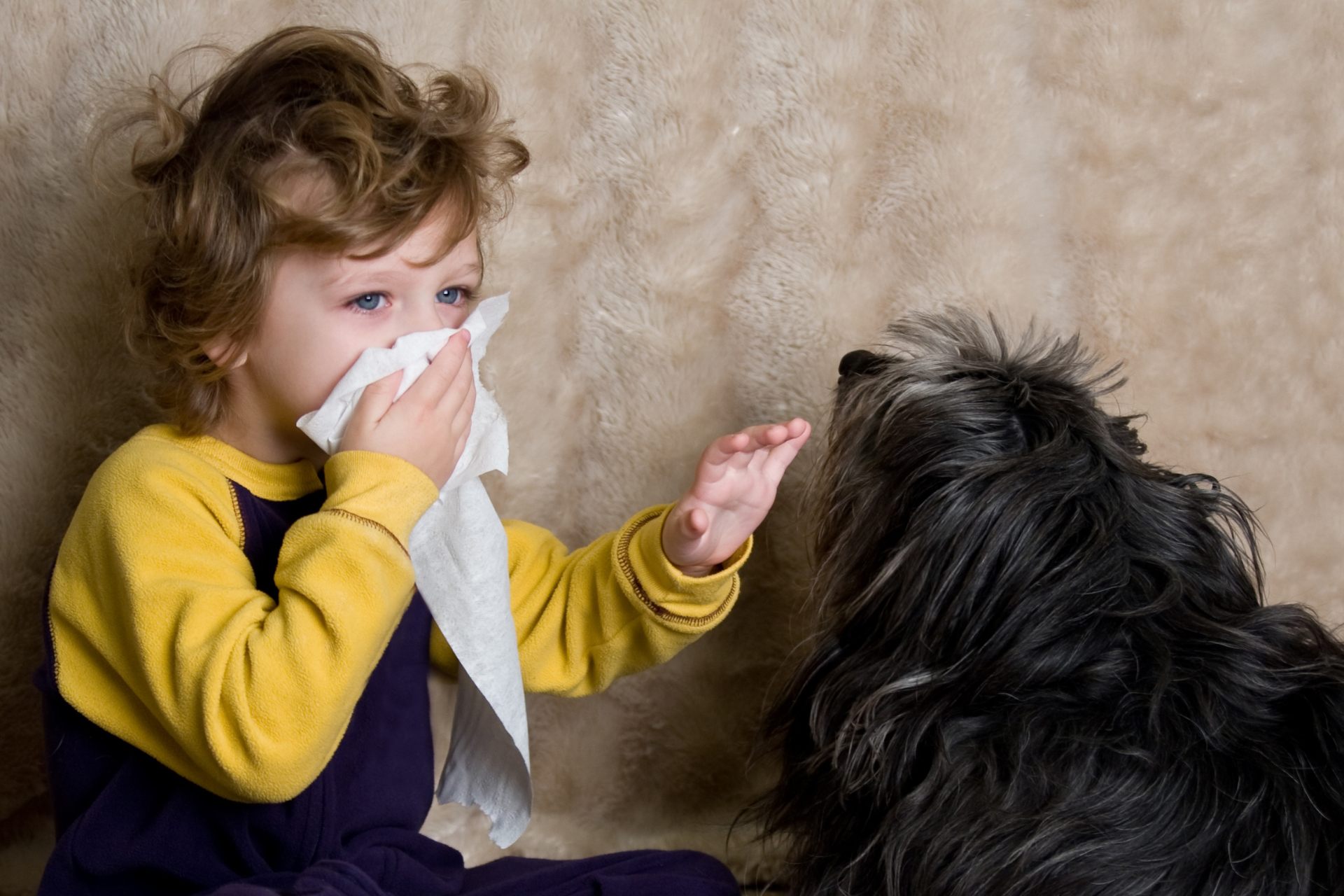The Role of Immunotherapy in Treating Allergies

Allergies are a common health concern affecting millions of people worldwide. From seasonal allergies triggered by pollen to year-round sensitivities to dust mites and pet dander, allergies can significantly impact one's quality of life. While medications and lifestyle adjustments are typically the first line of defense against allergy symptoms, some individuals may find relief through a treatment known as immunotherapy. Fall Creek Skin and Health Clinic explores the role of immunotherapy in treating allergies and how it can provide long-term relief for those struggling with allergic reactions.
Understanding Immunotherapy
Immunotherapy, also known as allergy shots, is a treatment method that aims to desensitize the body's immune system to specific allergens. Allergies occur when the immune system mistakenly identifies harmless substances as threats, leading to the release of histamines and other chemicals that cause typical allergy symptoms such as sneezing, itching, and congestion. Immunotherapy works by gradually exposing the body to small amounts of the allergen, allowing the immune system to build up a tolerance over time.
Identifying Candidates for Immunotherapy
Not everyone with allergies may be a suitable candidate for immunotherapy. Fall Creek Skin and Health Clinic recommends considering immunotherapy for individuals who:
1. Experience severe or persistent allergy symptoms that do not respond well to medication.
2. Have allergies to multiple substances or allergens that cannot be easily avoided.
3. Wish to reduce their reliance on allergy medications or seek a long-lasting solution for their symptoms.
4. Are motivated to commit to a treatment plan that involves regular allergen exposure.
Before starting immunotherapy, patients are typically evaluated by a healthcare provider to determine the specific allergens causing their symptoms and create a personalized treatment plan tailored to their needs.
The Process of Immunotherapy
Immunotherapy typically involves receiving injections containing small amounts of the allergen specific to the individual's allergies. The dosage is gradually increased over time to help the immune system develop tolerance without triggering a severe allergic reaction. While the initial phase of immunotherapy may require weekly or biweekly visits to Fall Creek Skin and Health Clinic, the frequency decreases as the treatment progresses.
Benefits of Immunotherapy
Immunotherapy offers several benefits for individuals dealing with allergies:
1. Long-term relief
Immunotherapy can provide lasting relief from allergy symptoms even after the treatment has been completed.
2. Reduced dependence on medication
By targeting the root cause of allergies, immunotherapy may reduce the need for allergy medications.
3. Improved quality of life
With fewer allergy symptoms and flare-ups, individuals can enjoy a better quality of life and improved overall well-being.
Conclusion
Immunotherapy plays a vital role in the treatment of allergies by addressing the underlying cause of allergic reactions and helping the immune system build tolerance to specific allergens. If you or a loved one struggles with persistent allergy symptoms that impact your daily life, consider scheduling a consultation with Fall Creek Skin and Health Clinic to explore the potential benefits of immunotherapy. Our team of healthcare professionals can assess your allergies and develop a personalized treatment plan to help you find relief and enjoy a healthier, allergy-free future.
Remember, managing allergies is not just about treating the symptoms—it's about addressing the root cause to achieve long-lasting relief and better health. Take control of your allergies today with the help of immunotherapy at Fall Creek Skin and Health Clinic.



Need Our Services?
Book a free consultation

Our promise is to offer high-quality medical attention at a fair price in a clean, friendly, and professional environment.
QUICK LINKS
BUSINESS HOURS
- Mon - Thu
- -
- Friday
- -
- Saturday
- Appointment Only
- Sunday
- Closed
All Rights Reserved | Fall Creek Skin and Health Clinic |
